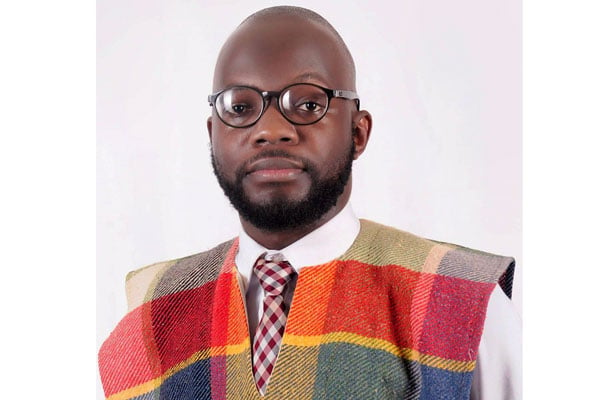Why Museveni needs witch to sort new wave of insecurity
What you need to know:
Military imports: With the Kayihura experience, what does the public expect from the latest wave of military imports into the Uganda Police Force?
Last Saturday, we revealed that a certain Col Paul Muwonge (who had been wrongly or rightly accused of spying for a foreign country) would be given a new assignment. It came to pass before seven days elapsed.
The appointment of Col Muwonge as the Director of Counter-Terrorism Centre, together with other senior UPDF officers seconded to the Uganda Police Force, has been viewed by analysts as part of President Museveni’s attempt to respond to the new wave of insecurity.
I am no analyst neither am I a security expert. I am, therefore, not qualified to comment on what some people see as Mr Museveni’s strengthening of the public safety aspects of the Uganda Police Force and what others see as the total militarisation of the civil policing function of the State.
As for the accusation of militarising the Uganda Police Force, Mr Museveni is strong enough to do as he wishes (even taking actions that distort critical civil aspects of the traditional State). And needless to say, the public has surrendered. But only if; yes, only if the military import into the civil spaces could bring their competencies and resources to bear on the insecurity and public safety.
If it takes the military to bring the reigning or raining insecurity to an end, the population would not mind. I wouldn’t too.
But we have our experiences. Gen Kayihura and his soldier contingent import into the Uganda Police Force almost rendered the traditional police force (as provided for in the Constitution) non-existent.
With the Kayihura experience, what does the public expect from the latest wave of military imports into the Uganda Police Force?
Who is behind the new wave of insecurity? Is this theft or something else? To answer those questions, we need to understand and appreciate operational pofiles of the thefts.
In Nansana, a gang of armed men just appeared from nowhere and started shooting whoever was in their way. In another incident, a hide-out for ungazetted armed men was over-run. But the thugs responded to police fire with shots (and melted away). The operational profile of some of these thefts is typical of guerrilla military tactics. Here: As a platoon commander, I bring my forces as nearer to the objective as possible.
On my orders, my men give three to five minutes of sustained fire. Then I order someone to lob a grenade or launch a rocket propelled grenade. And then work on the objective.
The theft in Nansana, which even left a bystander fatally injured, doesn’t look like a classic case of armed robbery. At least for me, it doesn’t look like a robbery. Real thieves are more inclined not to cause fatalities (if circumstances allow for taking the object of their theft without even firing a shot). And so, the UPDF’s import into the Uganda Police Forces will need to think outside the box. The challenge for the security establishment is that these deaths are making seepage to the upcountry.
Death in Kiburara
At 6pm last Saturday, Mr Milton Baluku Irenge (popularly known as Kahangabalya) was at his home. At 7.30pm, I received a call that Irenge had died. He had been fatally stabbed by unknown people. As one of the very few NRM activists in Kiburara, Irenge had rushed home to participate in a call-in political radio talk show. At 6.45pm, a friend came over and told him there were unknown people at the junction going to his (Irenge’s) home.
A very confident fellow, Irenge responded to this threat immediately. He confronted the men and physically engaged them. As he held one assailant, the other fatally stabbed him. He died at 7.30pm a few metres away from his home. The autopsy reads that the knife split his heart into two parts.
Mr Bisiika is the executive editor of East African Flagpost.




